How to choose the size?
The size of the pants fits the size of the jacket, that is, the jacket and pants are worth buying the same size. You can choose the size remotely. It is important that the pants fit the waist first. We do not recommend to take skin-fit pants. Take pants with a margin of 3-5 cm at the waist. It will be more convenient to move in such pants. Then you can check the length. But do not forget that low legs are tucked into boots, they are not designed to be worn over shoes. This means that the length of the pants plays a secondary role.
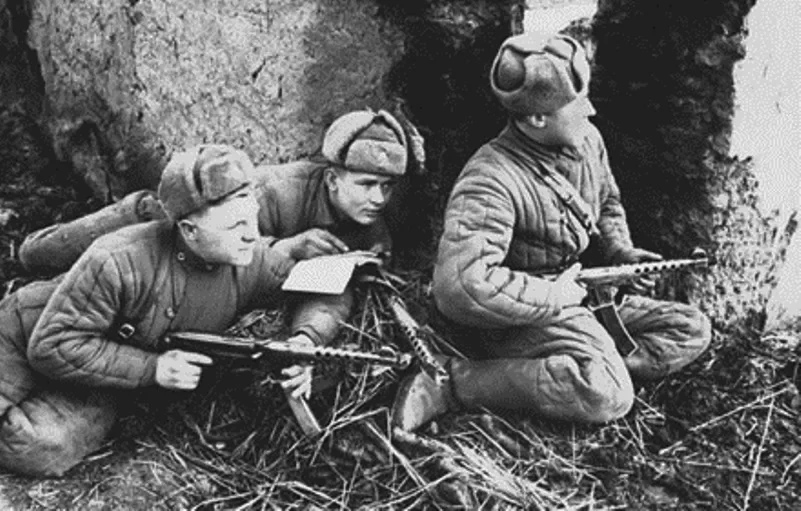
Soviet soldiers in full sets of cottonwool quilted jackets and pants. A wider system of sizes than Germans (although not as wide as the modern one) allowed the Soviet soldiers to look more fit and neat in their winter uniforms than the Germans.
You will need a flexible meter or at least a rope. Measure similar winter pants that suit you. Measurements:
• Waist — the circumference of the torso over all clothing at a level between the navel and lower rib. No need to measure yourself naked! Measure yourself in the clothes over which you are going to wear cotton pants. If underpants — then on top of underpants, if field pants, then over them. The waist of cotton pants (like all trousers of that time) is high and is located above the navel, and not on the hips.
• Full length — the length of the pants along the seam from the outer side.
• Inside length — the length of the leg from the bottom to the fork along the inner side seam.
| Size (growth) of pants | European size | Waist | Full length | Inside lenth |
| 2 | 44-46 | 87 | 101 | 67 |
| 3 | 48 | 91 | 105 | 72 |
| 4 | 50 | 96 | 109 | 74 |
| 5 | 52 | 100 | 111 | 77 |
| 6 | 54-56 | 112 | 118 | 78 |
The table shows the actual measurements for the pants. Correlation with standard sizes is given taking into account the fact that cotton pants are not worn on a naked body, but on top of summer clothes!
You can choose the size from stock. If the required size is not there, then it is now (already) out of stock.
Description
Original army cotton pants mod. 1932, sewn after the war (1970s). Suitable for the reenactment of the Red Army and, of course, they can be used as warm, light and comfortable winter clothes. Dimensions are given in growth-numbers (Soviet system). The larger the number, the larger the size (volume) of the product.
Do not confuse these quilted pants with those in military shops of wider assortment and souvenir stores! They sell copies sewn in our time from modern fabric: both in composition and in the way of weaving. But we offer things made in the USSR according to pre-war patterns.
Pants are new, not used, from military stocks. As can be seen in the photo, the fabric on different pants can be lighter or darker, the color and material of the lining can be different, different stamps can stand (or be absent). If these matters are of principle to you, we are always in touch and ready to pick up pants for you!
Why are these pants called Sharovary?
Sharovary or Shalvary is a Persian word that means "pants" or "harem pants". The Middle Eastern pants has a special cut, very wide in the hips, often with puckers at the waist and tapering to the lower leg. In Russia, Sharovary were worn back in the 10th century, and entered the field uniform of the Russian Imperator's Army, and later the Red Army. These qilted pants are also quite wide above the knees, but taper down. In the photo of the product you can see the stamp of the manufacturer, where the word "sharAvary" is written. Since the word is borrowed, spelling occurs both through A and through O. Dictionaries bring them both, however, the interpretation is given only to spelling through O, as more appropriate to the norms of the Russian language. Source: endic.ru and ru.wikipedia.org.
Pants can have a pocket on the right thigh with a fastener for 1 or 2 buttons or not have such a pocket at all. Lack of pocket is not a defect or a defect in the product. All pants have side welt pockets.
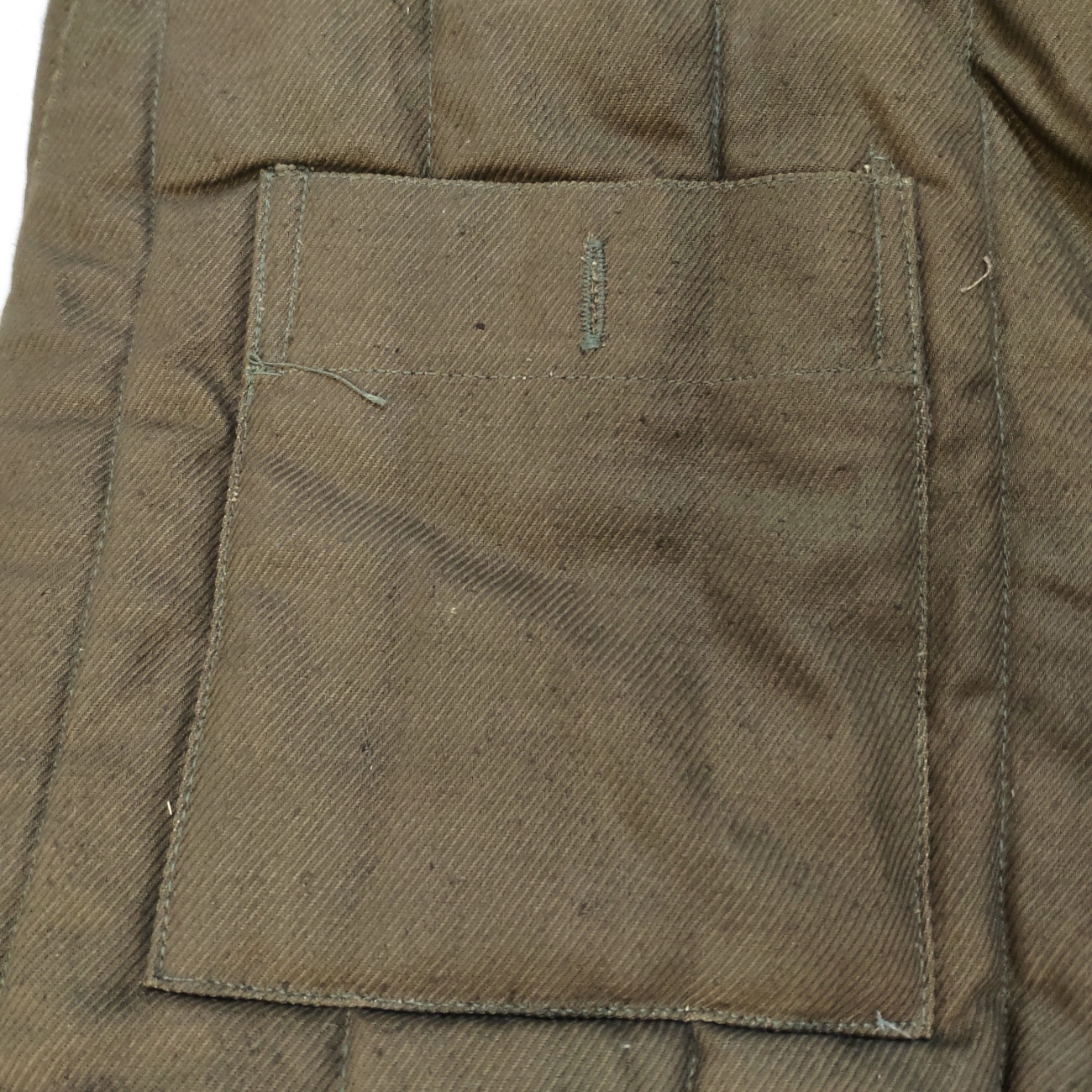
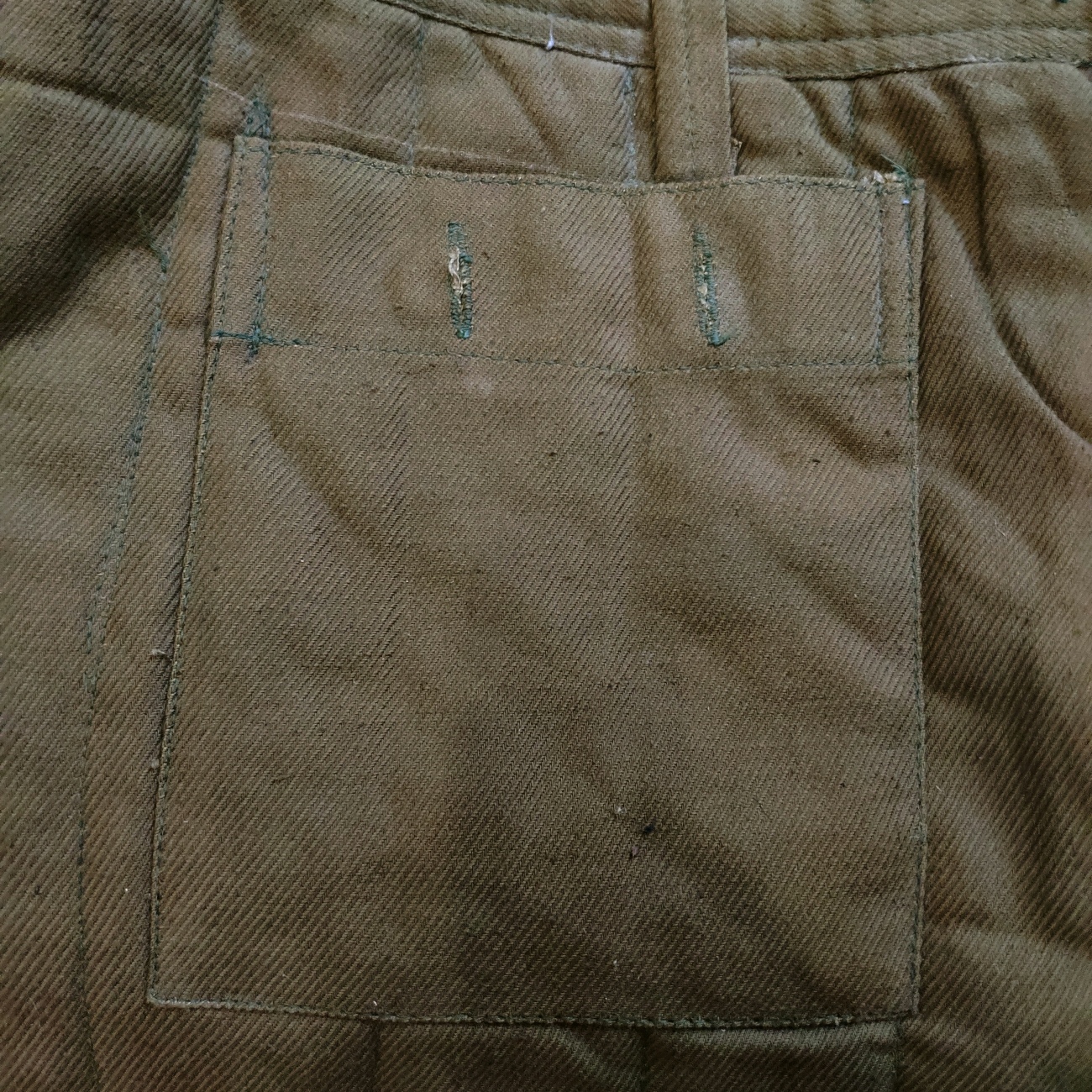
Pockets with a fastener on 1 and 2 buttons.
We have one pants of size 4, where the baize (soft fluffy fabric) is used as a lining. Check before buying whether there are any. Specify in the order all the features of the pants, if they are important to you. We can also send a photo of your pants exactly — for approval before sending. We are always in touch!
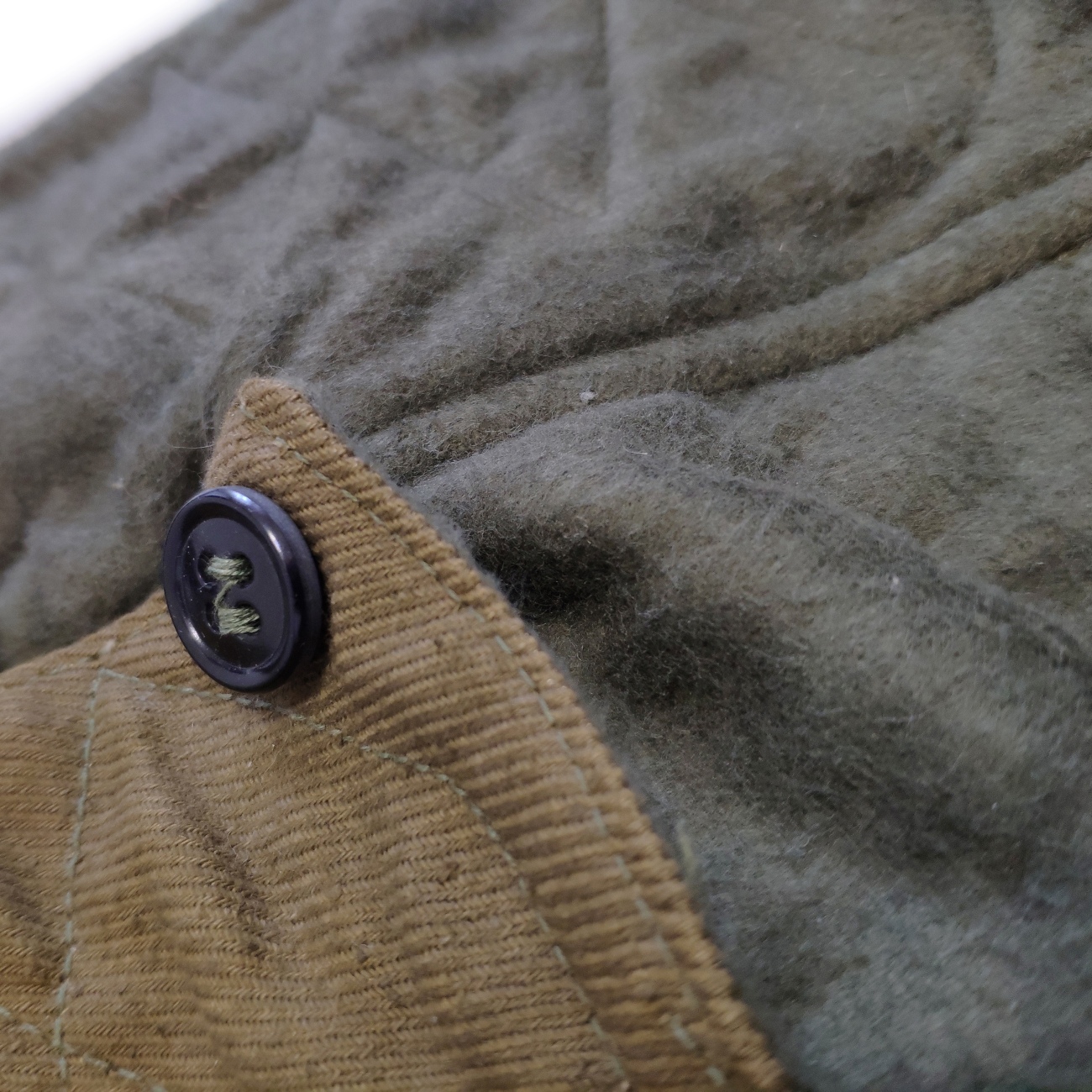
Fluffy baize lining (rare).
How to care for the product?
The soldiers at the front did not have the opportunity to wash winter suits (especially in the washing machine). Washing cottonwool pants in a washing machine is an extreme measure. First you just need to wash them with a sponge or a soft brush with soap or detergent for natural fabrics in those places where they are dirty (usually knees, backside). You can wash off the detergent with a jet of water (shower in the bathroom, for example). Washing pants is the removal of dirt from external surfaces; since they have cottonwool inside, there is nothing to wash inside; moreover, after getting wet, the cottonwool can shrink and the pants will no longer be so plump and warm.
You also need to remember that the Soviet uniform of the mid-twentieth century was made with emphasis on mass, reliability and affordability, and not on beauty and quality. In the case of these pants, this means that the color of the fabric does not hold well. If they are rubbed heavily with water, then the fabric will brighten in these places. The same thing happens if you crawl in these pants in the snow for a long time - your knees turn white (the paint will be wiped off the fabric). No need to think that these pants are any bad. Just modern synthetic fabrics are much more durable and reliable. You can not compare a vintage product and a product created using modern technology! Imagine a comparison of a car of the mid-twentieth century and a modern one on the road — agree, an unfair and useless comparison? Old-style uniforms have their advantages and disadvantages over modern ones, and this must be taken into account when wearing and when caring for it.










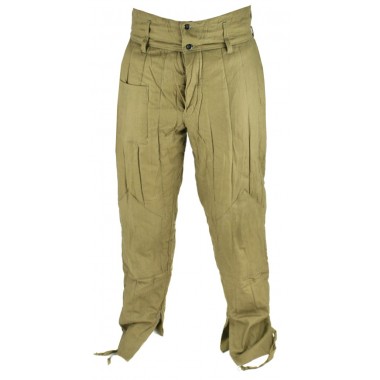



















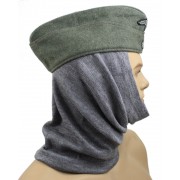
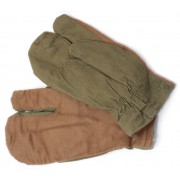
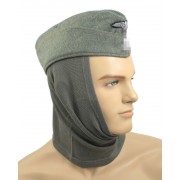
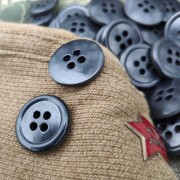
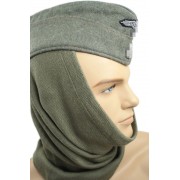
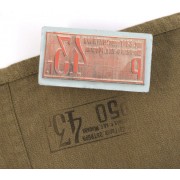
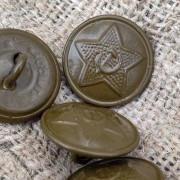
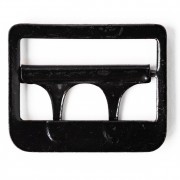
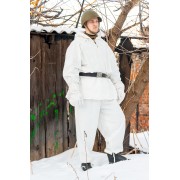
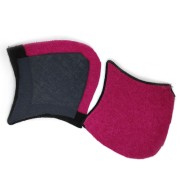
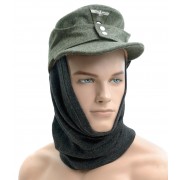
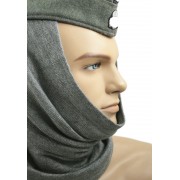
![[on order] Commander's belt dark brown [on order] Commander's belt dark brown](https://reenact.store/image/cache/2b86ca2f77f80e0d70dcba64fa709be8.jpg)
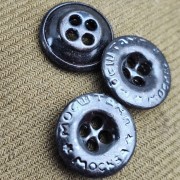
![[on order] Commander's belt set M32 [on order] Commander's belt set M32](https://reenact.store/image/cache/5b08720a7bf7f97380cb4a7affc058d6.jpg)